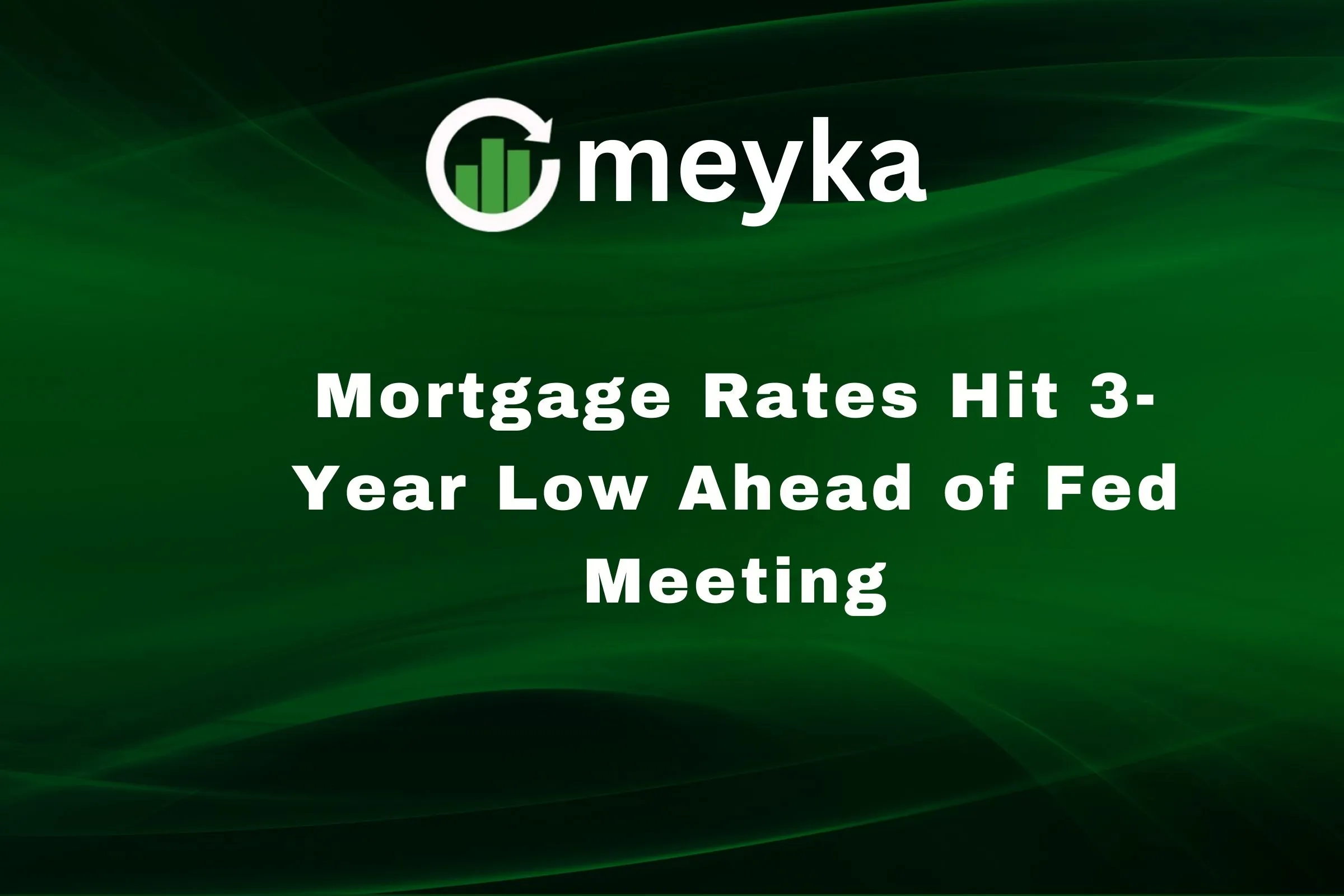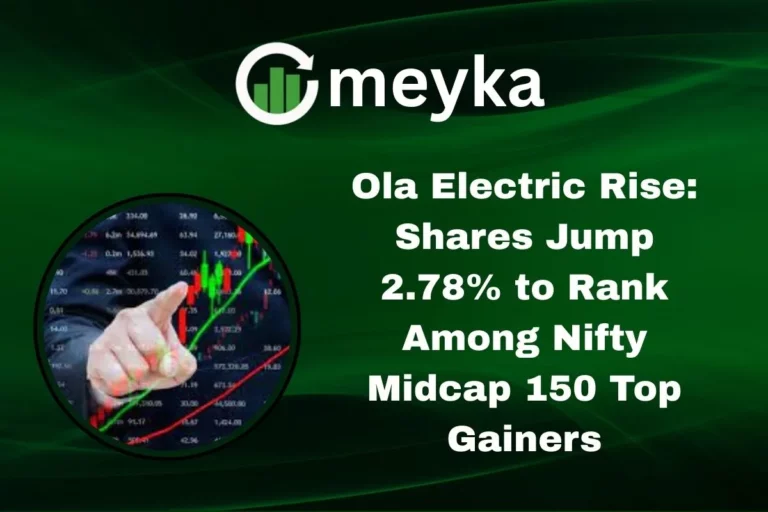Mortgage Rates Hit 3-Year Low Ahead of Fed Meeting
Mortgage rates in the U.S. have dropped to levels we haven’t seen in almost three years. The average 30-year fixed mortgage now sits around 6.13%, a sharp fall that is catching many by surprise. We are entering a moment where both borrowers and market watchers are paying close attention. Why? Because this dip comes just before a very important Federal Reserve meeting. Everyone expects the Fed to possibly lower its benchmark rates, and that makes people wonder: Will mortgage rates fall further?
We look at what’s driving this drop, how it could affect homebuyers and homeowners, and what risks lie ahead. We also explore the role of the Fed, bond markets, inflation, and what we might expect in the coming weeks. We want to give you a clear view, whether you’re thinking of buying, refinancing, or just watching the market.
Current State of Mortgage Rates
- According to Freddie Mac, the 30-year fixed mortgage rate dropped to 6.35% in the week ending September 11, 2025, the lowest in about a year.
- Mortgage News Daily reports even lower figures for some lenders: as low as 6.13% for 30-year fixed rates.
- 15-year fixed rates and adjustable rate mortgages (ARMs) have also eased: 15-year fixed near 5.50%. ARMs are starting to look more attractive for some, especially where the fixed period is long and the initial rate is lower than fixed.
Key drivers behind this decline:
- The yield on the 10-year U.S. Treasury has dropped. Mortgage rates tend to follow Treasury yields. When those fall, mortgage rates often follow.
- Slower job growth and weaker labor market indicators. These make markets believe inflation might ease, and that leads to expectations of Fed rate cuts.
- Some sentiment from lenders and analysts that rate spreads could narrow if the Fed changes its stance.
Role of the Federal Reserve
We from the market side see the Fed’s upcoming meeting as a central pivot. Here’s how it ties in:
- Although the Fed does not set mortgage rates directly, its interest rate decisions and guidance affect bond yields, risk premiums, and overall borrowing costs.
- Ahead of the meeting, markets are heavily betting on a 25 basis point cut (0.25%) in the federal funds rate. That expectation lowers long-term interest rate forecasts.
- Some expert voices warn that even if the Fed cuts, mortgage rates might not drop dramatically further. There’s “built-in” moderation of investor expectations. Inflation, debt concerns, and yield spreads might restrain how low rates can go.
Impact on Homebuyers and Homeowners
The drop in Mortgage Rates brings both relief and caution. Here’s how it affects people:
- Homebuyers get a boost. Lower rates mean smaller monthly payments for the same home price helps affordability, especially for first-time buyers. Some who were priced out earlier may re-enter the market.
- Refinancing looks more attractive. Many homeowners with older mortgages at 7-plus percent rates are now considering switching. Refinance applications have surged, one report says a 57.7% jump in refinance activity.
- Costs still high: Even at ~6.35%, mortgage rates remain above historical lows from a decade ago. Also, high home prices, tight supply, and entry costs (down payments et,c) still make buying hard in many areas.
- Adjustable-rate choices rising: Some borrowers are opting for ARMs, trading off certainty for lower rates now with risk of rate rises later. For certain buyers, that trade makes sense.
Broader Economic Implications
We see how falling mortgage rates touch more than just homeownership effects ripple:
- The housing market could see more activity. Lower rates tend to stimulate home sales and construction. Builders are showing more optimism. If rates fall further, we may see a bounce-back in purchase demand.
- Consumer spending may get a lift. If mortgage payments drop or refinancing frees up cash, homeowners might spend more in other areas.
- Real estate investment becomes more appealing. Rental markets, property flips, and development projects benefit if funding costs ease. But they also depend on local market strength.
- Risks to watch: Inflation remains above the Fed’s 2% target. If inflation reaccelerates, bond yields could rise, pushing mortgage rates up. Also, global events, supply chain issues, or unexpected labor market strength could alter expectations.
Investor and Market Reaction
Here’s what we see from markets and investors:
- Refinancing applications surge: With lower mortgage rates, refinancing jumped, m;ny homeowners want to lock in better rates.
- Purchase applications rising modestly: While purchase demand hasn’t soared as fast, it has improved as rates dip. Some regions show stronger buyer interest.
- Bond markets are key: The drop in Treasury yields has helped mortgage rates fall. But bond markets are volatile. If investors fear inflation or rate uncertainty, yields may move up, reversing some of the gains.
- Builder sentiment improving: Homebuilders are more optimistic that a Fed cut, even a small one, could reduce borrowing costs and thus increase housing starts.
Historical Perspective
We can compare this moment to past rate cycles to better understand what’s different:
- About a year ago, rates for 30-year fixed were above 7%. The current ~6.35% is a big drop since then.
- Similar drops in the past often led to refinancing surges and spikes in home purchase activity. We see that pattern again.
- What’s different now: housing stock remains tight in many areas. Home prices are still high compared to income levels. Inflation and global risk remain more prominent. So even though mortgage rates are down, the environment is not as benign as in some previous downturns of rates.
Risks and Uncertainties Ahead
We from the analysis side must stay cautious. Here are what we see as the biggest risks:
- The Fed may cut rates, but not by much, or may pause after a cut. Markets may already price in cuts; the surprise could go the other way.
- Inflation could flare up again. If consumers and businesses expect inflation to stay high, bond yields might rise, pushing mortgage rates up.
- Global events or Treasury‐market dynamics might cause volatility. For example, government debt issues, shifts in foreign demand for U.S. bonds, or geopolitical risk.
- Homebuyers waiting for even lower rates might lose out if rates reverse. Sometimes waiting is costly.
Conclusion
Mortgage rates are at a critical juncture. We’re seeing levels not seen in almost three years. The average 30-year fixed rate (~6.35%) is offering relief relative to recent months. But rates are still well above historic lows. The Federal Reserve meeting ahead is the big question mark. If the Fed cuts rates or signals more easing, mortgage rates could move down further, but they may not fall sharply. We should expect moderate improvements, mixed regionally, and some volatility.
For homebuyers and homeowners, now is a moment to act with balance. If you can lock in at today’s rates, it may be wise. But also watch what happens at the Fed meeting, and be ready if rates rise again. For now, the drop in Mortgage Rates is real and meaningful. It brings hope. But the journey ahead demands attention and care.
Disclaimer:
This content is for informational purposes only and is not financial advice. Always conduct your research.






